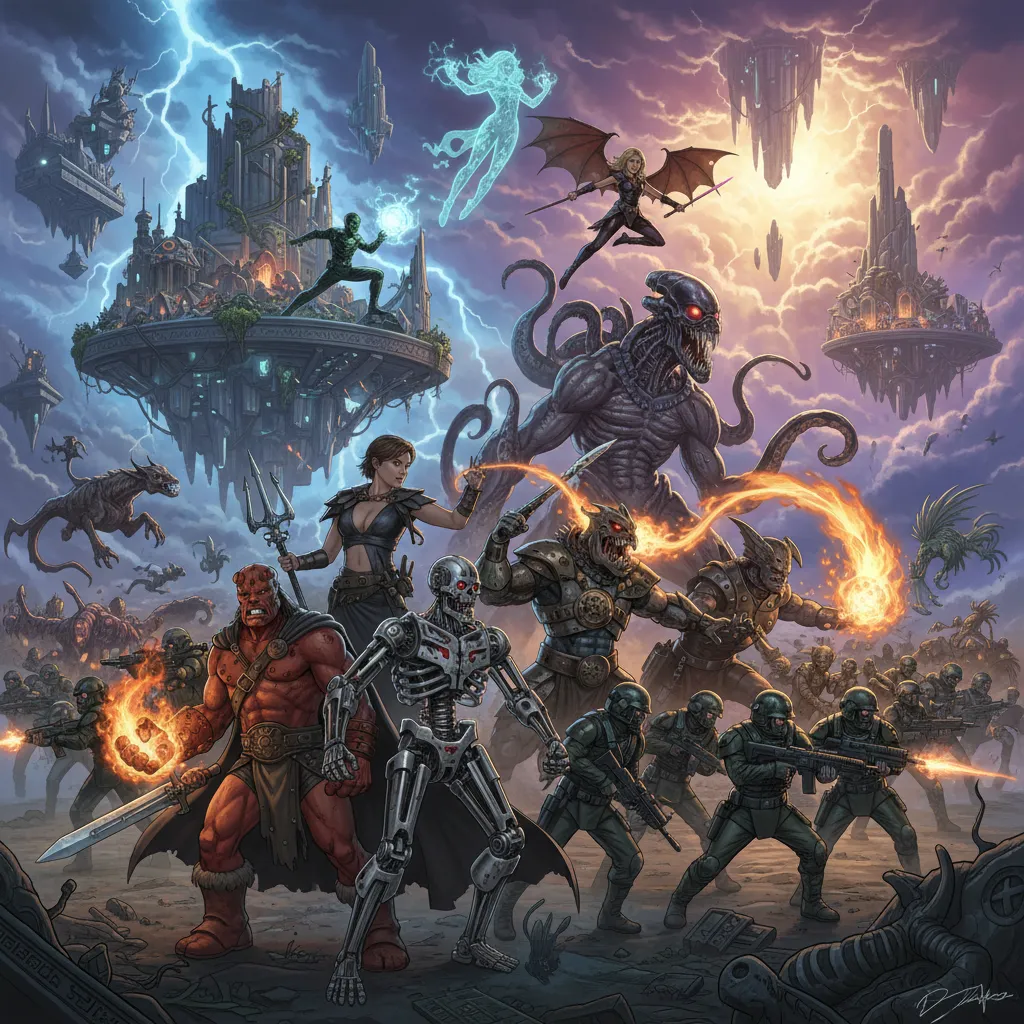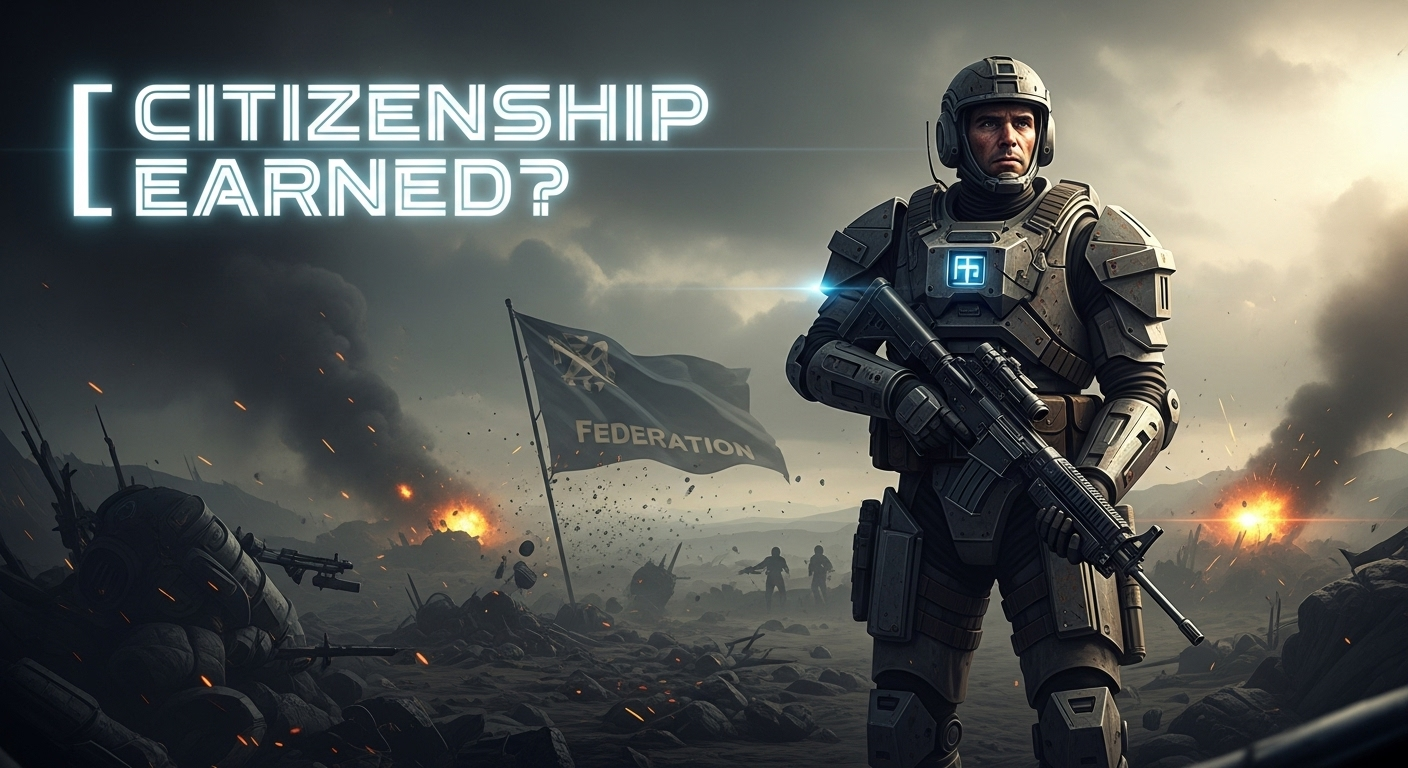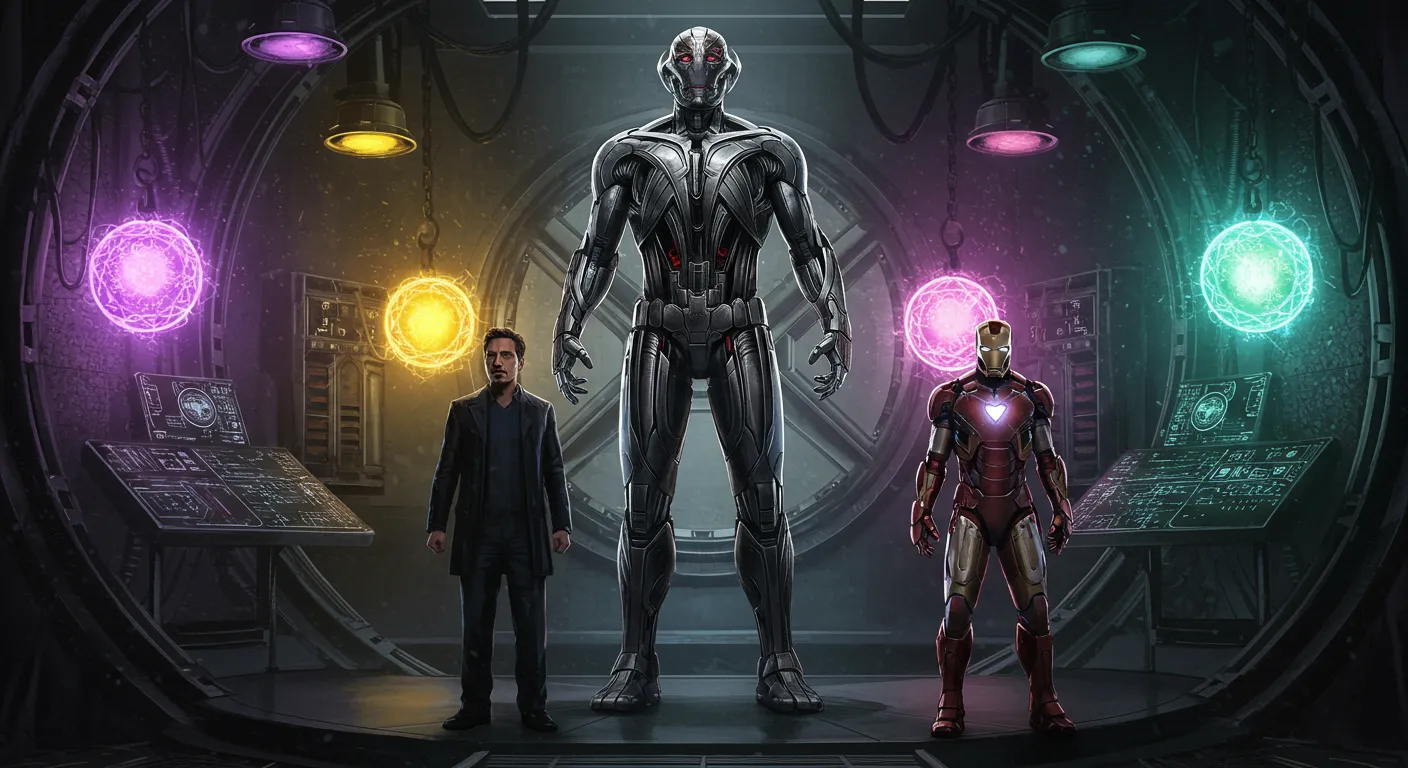Picture this: a friend, new to the world of miniatures, asks why anyone would be drawn to a universe where hope goes to die. The answer isn’t as simple as chainswords and skull motifs. Warhammer 40,000 , at a glance, can look like a patchwork of borrowed ideas and relentless darkness. But spend an evening listening to fans rant about purity seals or the techno-priests of the Adeptus Mechanicus , and you'll catch a glimmer of weird joy amid the gloom. Maybe, just maybe, it's because—in a world that increasingly feels rigged—there's a strange honesty in a setting where everyone’s fighting a losing battle. Let’s wander into the catacombs of Imperial bureaucracy, existential threats, and why that appeals more to modern minds than most ‘inspirational’ stories ever could.
From Satirical Roots to Something Else Entirely
At first glance, Warhammer 40,000 is easy to dismiss as a wild mashup of Herbert, Tolkien, and Lovecraft, all layered over classical myth and thinly veiled historical allegory. This mix, paired with its over-the-top violence and grimdark sci-fi aesthetic, often leads newcomers to label the setting as pure satire. Indeed, satire in Warhammer is not just present—it’s foundational. Games Workshop , the fiercely protective owner of the IP, has openly described the universe as satirical. But as any long-time fan will tell you, Warhammer 40,000 has evolved far beyond straightforward parody.
In the earliest editions, the satire was obvious. The orcs, for example, were modeled after British soccer hooligans—loud, chaotic, and gleefully destructive. The Imperium of Man, with its endless bureaucracy and layers of pointless rituals, was a clear Warhammer Imperium allegory for the absurdities of modern government and regulation. Space Marines , the poster boys of the setting, are covered in purity seals and shrouded in pseudo-religious rites, poking fun at both military and religious institutions.
Yet, as the lore expanded, the satire became more nuanced. The rituals of the Adeptus Mechanicus, for instance, are a perfect example of how Warhammer 40,000 blurs the line between parody and sincere worldbuilding. The Mechanicus treat technology as sacred, performing elaborate ceremonies to appease the “machine spirit” of every device. On the surface, it’s a hilarious exaggeration of how little most people understand about the technology they use daily. But dig deeper, and it’s hard not to see a reflection of our own world.
Consider this: the difference between the flowchart script used by the company help desk to walk you through tech issues and the rote following of sacred rites by the Adeptus Mechanicus is really just a matter of presentation. Both are rituals, both are followed without true understanding, and both can feel equally arcane to outsiders. As one fan once joked, calling tech support is a lot like praying to the machine spirit—funny, until you realize it’s not really a joke.
The difference between the flowchart script used by the company help desk...and the rote following of sacred rites by the Adeptus Mechanicus is really just a matter of presentation.
This is where grimdark sci-fi analysis reveals the true genius of Warhammer 40,000. The satire is still there, but it’s become a lens through which the setting explores deeper themes: the dangers of blind tradition, the absurdity of bureaucracy, and the struggle to find meaning in a universe that’s both terrifying and absurd. Over time, what began as mockery has transformed into a living, breathing universe—one that resonates because it feels both familiar and utterly alien.
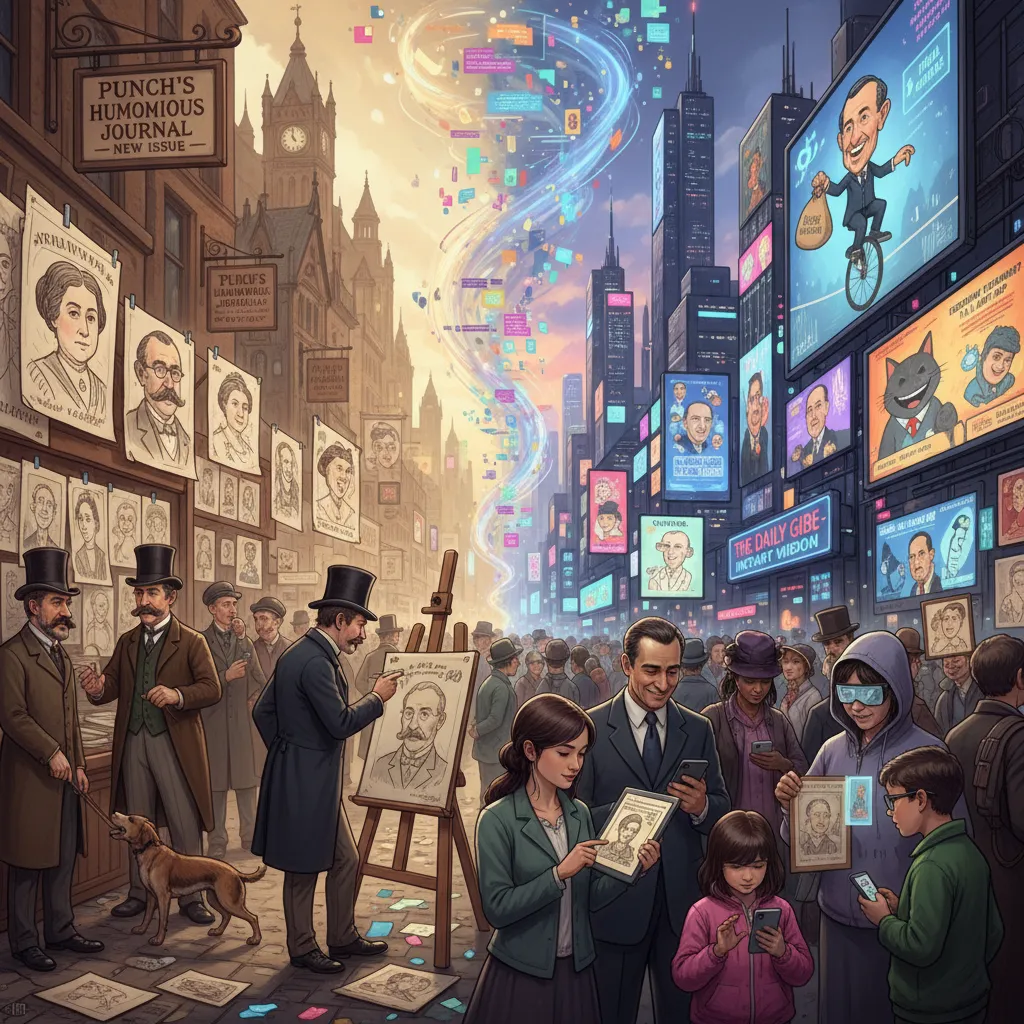
Why the Grimdark Resonates: Forever Wars and Modern Malaise
In the last twenty years, the world has started to feel a lot like the universe of Warhammer 40k. The sense of constant vigilance , the endless parade of threats, and the relentless news cycles of alarmism have become daily realities. Since 9/11, society has lived in a state of hypervigilance—first about terrorism, then pandemics, and now about political and existential threats that seem to multiply every year. This atmosphere of unending crisis is not just a backdrop for current events; it’s become the lens through which many people view the world. No wonder the grimdark of Warhammer 40k resonates so deeply with modern audiences.
The Warhammer 40k fandom has grown up in a world where “forever wars” are the norm. The post-9/11 era brought the Patriot Act, security theater, and a sense that danger was always lurking just out of sight. As the years passed, new alarms replaced old ones—terrorists, pandemics, political polarization, and existential threats from every direction. As one observer put it,
Trying to keep vigilance in the red year after year is rather tedious and exhausting.This exhaustion is mirrored in the Imperium of Man, a civilization locked in eternal war, beset on all sides by chaos, heresy, and alien threats. The Imperium’s unending struggle feels strangely familiar to anyone who’s lived through the past two decades of real-world anxiety.
What’s striking is that about 75% of current Warhammer fans were either too young or not yet born on 9/11 . Yet, the mood of anxiety and perpetual crisis persists across generations. For many young adults, the world has always been this way—caught in a cycle of vigilance, crisis, and uncertainty. The Imperium’s existential dread and its desperate clinging to authority, faith, and duty echo the narratives that have dominated political and social discourse since the early 2000s.
The grimdark vs. reality comparison goes even deeper. The Imperium’s war is not a grand crusade with a clear villain to defeat. Instead, it’s a hopeless fight against ideas—corruption, chaos, and heresy—that can never truly be conquered, only held at bay for another day. This mirrors the real-world debates over “forever wars” and unwinnable crusades, where victory is always just out of reach and the enemy is often abstract. The simplicity of “kill Hitler” has been replaced by endless, shifting threats that demand constant attention.
For many, there’s a dark humor in how wartime vigilance has become a daily routine. The Imperium’s world is one where the golden age is long gone, and all that remains is the struggle to survive. In a time when real-world events often feel overwhelming and unwinnable, it’s no surprise that Warhammer 40k’s grimdark universe feels less like satire and more like a reflection of our own reality.
The Imperium’s Broken Machine: Comfort in Dysfunction?
One of the most striking aspects of Warhammer 40,000 is its unapologetic portrayal of a civilization in terminal decline. The Imperium of Man, the setting’s central power, is a Warhammer Imperium allegory for a system that is, in its own words, “fundamentally broken.” Yet, as the lore reminds us, “all the other options are worse.” This is a world where dysfunction is not just tolerated—it’s the glue that holds everything together. The Imperium survives not through progress, but by clinging desperately to the myth of a lost golden age, propped up by the rigid traditions of the Imperial Cult and a bureaucracy that seems designed to frustrate rather than function.
This dynamic feels all too familiar in the real world. Anyone who’s spent time in a corporate office, government department, or school administration will recognize the Imperium’s approach to problem-solving: “Try what we’ve always done, but harder.” When something fails, the response is rarely innovation. Instead, it’s doubling down on the old ways, hoping that sheer effort will substitute for actual change. This is a key element of modern mythology Warhammer offers—a society built on nostalgia, where the past is not just remembered but weaponized as a tool for control and a source of comfort in uncertain times.
The Imperium’s reliance on the myth of a golden age is echoed in its cult-like devotion to the Emperor and the rituals of the past. The entire social order is built on a kind of nostalgia turned ransom: hope is not for a better future, but for a return to something irretrievably lost. This mirrors today’s pop culture critique, where so much of what we consume is a reboot or remake, forever chasing the magic of earlier, supposedly better days.
Other factions in Warhammer 40,000 serve as cautionary tales about the dangers of living in—or for—the past. The Eldar, once mighty, are now just an echo of their former glory, haunted by memories of what they were. The Necrons, on the other hand, aren’t even truly alive anymore; they are soulless husks, endlessly trying to reclaim what they lost millions of years ago. Both represent the risks of letting nostalgia and the longing for lost greatness define a society’s identity.
Trying to explain the Imperium’s decaying bureaucracy to a newcomer often ends with a resigned, “Yes, it’s supposed to be this broken.” This is part of Warhammer’s enduring appeal: its honest depiction of systemic decay and the strange comfort found in familiar dysfunction. In a time when many feel trapped in failing systems—political, economic, or cultural—Warhammer’s grimdark universe feels less like fantasy and more like a mirror. It’s a setting where survival means making peace with imperfection, and where the comfort of the known outweighs the terror of the unknown.
It's a fundamentally broken system. But all the other options are worse.
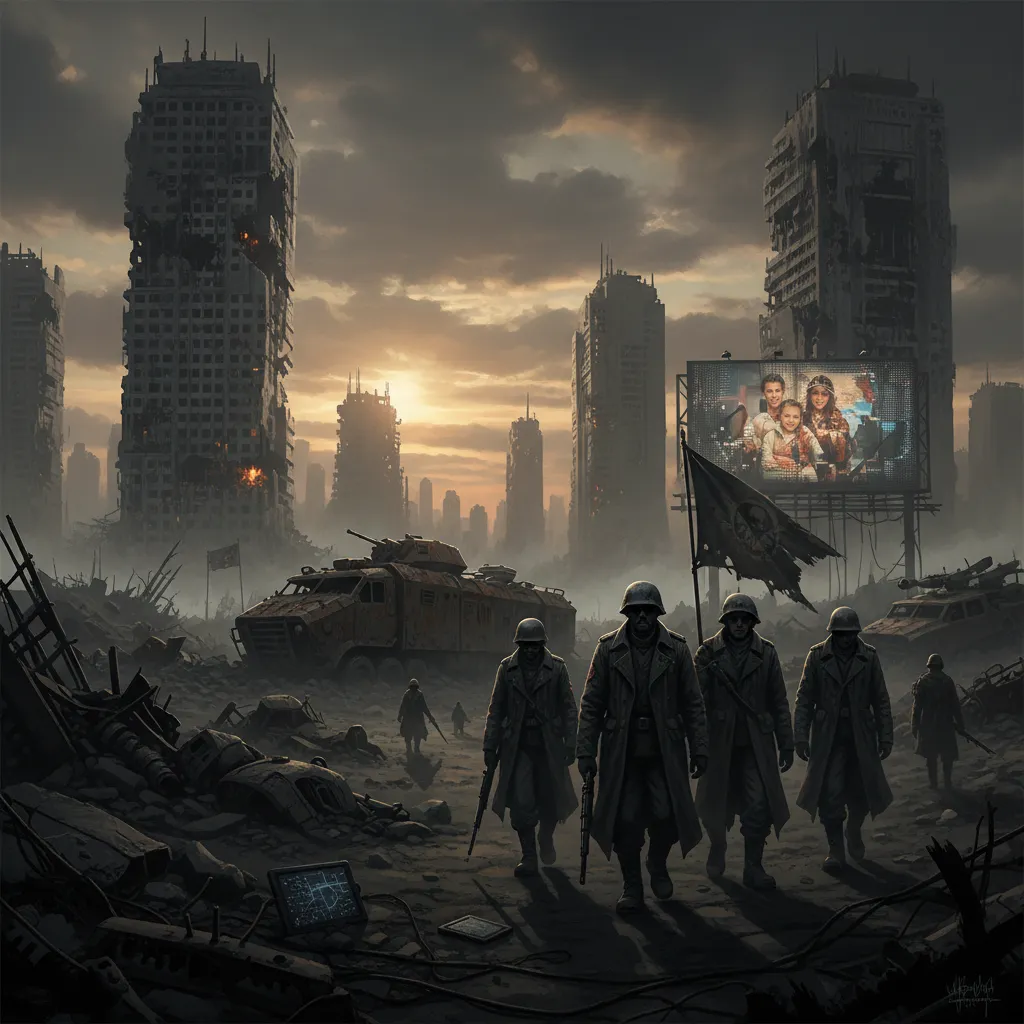
Psykers, Sacrifice, and Humanity’s (Maybe) Hopeful Future
In the vast, grimdark universe of Warhammer 40,000, few elements capture the blend of satire, survival, and modern mythology like the psyker. At once the future of humanity and its most terrifying threat, psykers are a core part of psyker lore explanation —and a powerful metaphor for the risks and rewards of progress in any society.
Psykers: Humanity’s Next Step or Its Undoing?
Psykers are humans born with a psychic connection to the Warp, or the immaterium—a chaotic, spirit-like dimension that is both source of power and danger. In Warhammer’s grimdark sci-fi analysis , psykers are everywhere: some are heroes, many are victims, and all are potential conduits for demonic destruction. The Imperium’s own history is littered with worlds lost to uncontrolled psychic phenomena, reinforcing the idea that, “the specieswide transformation has to be carefully managed or mankind will be utterly destroyed by warp entities released by psykers that are just strong enough to be dangerous.”
The Astronomicon: Sacrificing the Future for Today
Perhaps the most chilling aspect of psyker lore is the daily sacrifice required to maintain the Imperium. Every day, a thousand psykers are consumed—literally fed into the Golden Throne—to power the Astronomicon, the psychic beacon that keeps humanity’s empire from collapsing. This is more than just a plot device; it’s a brutal metaphor for how societies often sacrifice their future—youth, innovation, or potential—for the sake of present stability. In a real-world context, it mirrors anxieties about burning out the next generation or stifling disruptive innovation in the name of safety.
Hope in the Lore: The Seeds of Transcendence
Despite the horror, Warhammer’s published lore hints at a possible transformation. In the novel Resurrection , we read:
The seeds of transcendence are growing in humanity. And in this place in time, the universe is aligning to see them flower... ripples that will become a wave to drown all.
Similarly, the sixth edition core book states that mankind stands “on the verge of an evolutionary change tens of thousands of years in the making.” If humanity can survive this traumatic change, it might cast off its “mundane shackles” and enter a new era of psionic mastery—a golden age, if only it can weather the storm.
Psykers as Modern Myth: Promise and Peril
In modern mythology Warhammer , psykers are more than just characters—they’re allegories. They represent youth, emerging technologies, or any force for radical change: full of promise, but dangerous if mishandled. The Imperium’s approach—sacrifice or be destroyed—echoes real-world debates about progress versus caution. Do we nurture the new, or do we fear and suppress it for safety’s sake?
Ultimately, psykers embody the duality at the heart of Warhammer’s universe: necessary for survival, yet terrifying in their potential. Their story is a warning and a hope—if humanity can manage the risks, the next age could be one of wonder, not just survival.
Reboots, Retreads, and the Deadpan Chainsaw: Fiction’s Dilemma
In today’s entertainment landscape, it’s hard to ignore the endless cycle of sequels, reboots, and nostalgia-driven remakes. Pop culture critique often circles back to the same point: so much of what we watch and read feels like a lesser descendant of a greater forebear. The original spark is missing, replaced by safe, familiar formulas. This recycling isn’t just a trend—it’s become the default mode of storytelling, leaving audiences hungry for something that feels genuinely new, or at least honest about its absurdity.
Enter Warhammer 40,000 , a universe that stands apart in the world of grimdark sci-fi analysis. Instead of winking at the audience or layering on irony, Warhammer charges forward with power-armored crusaders battling chaos, wielding chainsaws and faith in equal measure. The setting is so over-the-top that it almost dares you to laugh, but the joke never comes. Instead, everything is played deadpan, as if a space marine swinging a chainsword into a cackling ork’s face is the most natural thing in the world.
This is the narrative equivalent of a deadpan chainsaw: wild, bombastic nonsense delivered with absolute sincerity. In a world already drenched in irony and cynicism, it’s almost impossible to satirize anything anymore. Warhammer’s solution? Don’t try to out-irony the world—out-sincere it. The result is a setting that, despite its surface-level bleakness, feels more honest and coherent than many supposedly “realistic” stories.
Our popular culture has become so empty and simplistic and our political narrative so inane and ridiculous that the supposed satire of something like Warhammer is actually a better story, a more coherent and believable story than the ones we're expected to take straight.
This brute-force sincerity is a unique tonic for the exhaustion that comes from endless pop culture retreads. Warhammer 40k fandom thrives on this earnest approach to absurdity. It’s not just escapism—it’s a kind of relief. Imagine if real-world politics adopted Warhammer’s aesthetics: solemn rituals, purity seals on every document, and a help desk staffed by tech-priests. Maybe things would make more sense, or at least feel more honest.
Even the orks, Warhammer’s green-skinned wild cards, offer a peculiar kind of wisdom. They fight not to win, but for the sheer joy of the struggle. In a setting where everyone else is obsessed with survival or purity, the orks’ ability to revel in chaos and violence is almost enviable. Maybe, as they show, the key isn’t winning at all, but simply embracing the madness and finding happiness in the fight itself.
By taking itself seriously amid bombastic nonsense, Warhammer 40,000 feels more “real” than most reboots or sequels. Its unvarnished approach cuts through the noise, offering a strange kind of authenticity that modern entertainment often lacks.
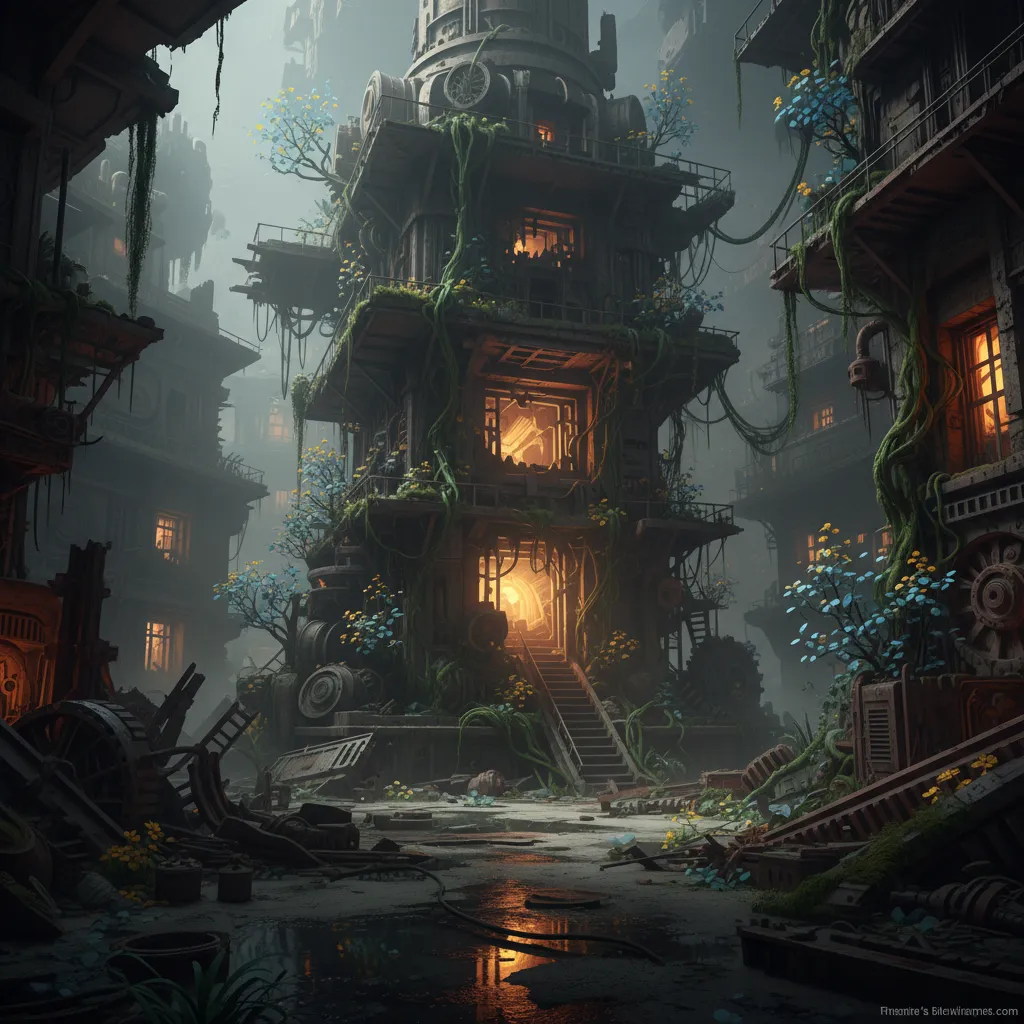
Against Nihilism: Perseverance, Progress, and a Pinch of Hope
It’s easy to look at the grimdark universe of Warhammer 40,000 and see only endless war, suffering, and the collapse of hope. The Warhammer Imperium allegory is, after all, a world where humanity survives on the edge, doing the manual labor that keeps a crumbling society running. Yet, beneath the surface-level bombast and brutality, Warhammer’s setting quietly resists pure nihilism. In fact, it offers something far more valuable: a battered, persistent hope that feels oddly relevant to our own times.
While Warhammer is not the most subtle or original fiction, these are not subtle times. The parallels between grimdark vs. reality have never felt sharper, especially as current events often echo the setting’s chaos and uncertainty. But if you look a little deeper, the universe is not without hope. There are fragments of progress and perseverance scattered throughout the lore—small, stubborn sparks that refuse to die out.
- Humanity’s Slow Ascension: Even as the Imperium staggers under its own weight, stories of gradual, rocky progress persist. Psykers are evolving, and some humans strive for something higher, refusing to surrender to the darkness.
- Noctalith and New Technologies: The discovery of noctalith, a material that can restrain the chaotic Warp, hints at the possibility of real change. It’s a metaphor for finding new solutions even when everything seems lost.
- The Emperor’s Webway Project: Though sabotaged by rash actions and ill temper, the dream of a safer, interconnected humanity remains. The project may be “bollocked up,” but it’s not dead—just delayed, and perhaps salvageable in concept.
These plotlines suggest that, while the fight ahead is hard, it’s not wholly futile. As one observer puts it:
It's not a war that can be won on the battlefield, but perhaps battlefield victories can buy enough time to win in another way.
This is a quietly optimistic idea, especially when compared to the total despair that often defines grimdark fiction. Warhammer’s message is not that hope is easy or that victory is guaranteed, but that perseverance matters. Even minor victories—winning time, holding the line, or simply surviving—are meaningful. This resonates with real-world advice: you might not fix things overnight, but sometimes, buying time is itself a victory.
There’s also a lesson in the Orks, who, despite the universe’s hostility, find joy in the chaos. Sometimes, as Warhammer suggests, resilience means fighting on; other times, it’s about finding laughter and purpose even in catastrophe. In both cases, the setting acknowledges that hope is not naive optimism, but battered perseverance—a refusal to give in, even when the odds are long.
Conclusion: Why Imagined Catastrophe Feels Honest (and Weirdly Comforting)
The universe of Warhammer 40k is, by any measure, a disaster zone. It’s a place where hope is a rare commodity, and survival is a daily struggle. Yet, this is exactly why the Warhammer 40k fandom continues to thrive. In a world that feels increasingly chaotic and unpredictable, the honest depiction of struggle, sacrifice, and endless maintenance in this grimdark sci-fi setting feels more relatable than ever. Warhammer doesn’t sugarcoat the truth: things are tough, and sometimes, just getting through the day is a victory.
There’s a strange comfort in seeing a universe where chaos is not only acknowledged, but given its own set of rules—even if those rules are, frankly, bonkers. The Imperium’s endless bureaucracy, the Orks’ wild joy in battle, and the Mechanicus’s reverence for machines all reflect real-world dysfunctions, but with a satirical twist. As one might say,
When everything in the universe is trying to kill you, then perhaps trying to kill it all first is not a totally unreasonable course of action, lest it destroy us.It’s a logic that, while extreme, feels oddly honest in a world where threats—real or imagined—seem to lurk around every corner.
What sets Warhammer apart as a piece of modern mythology is its refusal to offer easy victories or unearned triumphs. Instead, it focuses on the authenticity of the struggle. The heroes and anti-heroes of this universe are defined by their endurance, not their success. They keep going, not because they expect to win, but because stopping isn’t an option. This is a message that resonates deeply today, when so many people feel like they’re fighting endless battles of their own.
The enduring popularity of Warhammer 40k comes not from escapism, but from recognition. Fans aren’t running away from reality; they’re seeing it reflected back at them, albeit through a lens of exaggerated satire and cosmic horror. There’s a certain satisfaction in inhabiting a universe as outlandish as real life sometimes feels. And if you ever catch yourself muttering to household appliances, take heart: you’ve already taken the first step toward joining the Cult Mechanicus. In the end, maybe all we want is to see chaos given rules, even if those rules make no sense at all.
Ultimately, there’s comfort in seeing our own struggles echoed in a universe that doesn’t pretend things are easy. Warhammer 40k’s unique tone—equal parts satire, survival, and hope amid gloom—offers a candid reflection of our own world. It’s a reminder that, even in the darkest times, there’s value in endurance, laughter, and the shared experience of facing the absurd together. That’s why imagined catastrophe, in all its weirdness, feels so honest—and, strangely, so comforting.
TL;DR: Warhammer 40k endures because its blend of dark satire, survival-against-the-odds, and sprawling, broken empires mirror both pop culture trends and real-world anxieties. Underneath the bombast, there's unexpectedly hopeful allegory and an authenticity missing from much current fiction.

